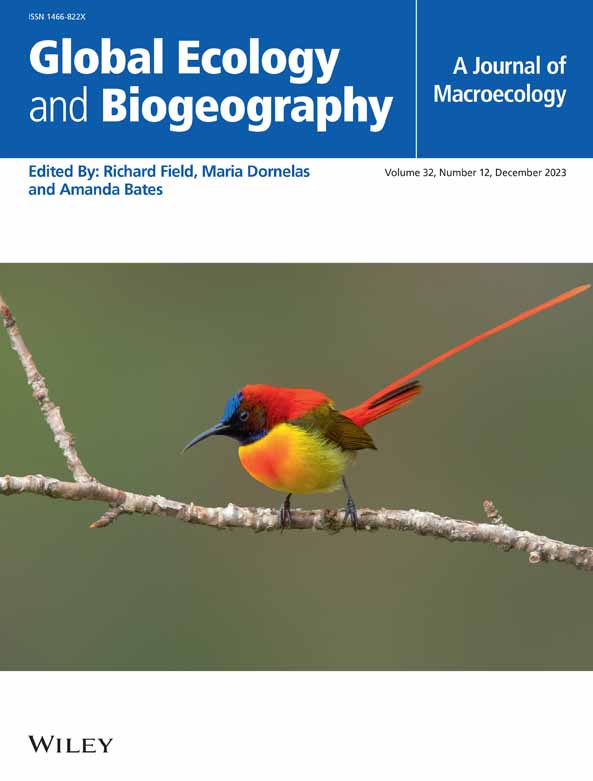Harnessing the Full Power of Data to Characterise Biological Scaling Relationships
Abstract
Describing Scaling Relationships
Scaling relationships are a central feature of global ecology, quantifying general biological patterns across broad spatial and temporal scales. Traditionally characterised as scale-invariant power laws, the scope of biological scaling has expanded in recent decades to include log–log curvilinearity and exponential functions. In macroecology and biogeography, a major focus is on quantifying these general relationships using empirical data, comparing observations across datasets and testing their consistency with theoretical predictions. This is typically accomplished by fitting linear models to log-transformed data, estimating slopes (representing scaling exponents or exponential rate constants) and 95% confidence intervals (CIs), and evaluating whether these CIs align with empirical observations or theoretical predictions.
Challenges of Existing Methods
The accuracy of general slope estimates depends critically on the distribution of data across the range of the abscissa. When observations are unevenly distributed, with clustering in some portions of the range, slope and CI estimates become biased toward regions of higher data density. This imbalance increases the risk of type I or II errors, potentially leading to erroneous conclusions in comparisons of data with observations or predictions.
Bootstrapping Enables Accurate Estimates of Scaling Relationships
We introduce a novel bootstrapping approach to address data imbalance in biological scaling analyses that improves the accuracy of general slope and CI estimates. This method enables more precise comparisons with empirical observations and theoretical predictions. We validate the approach by accurately reproducing a known slope from plant height-diameter data. Additionally, we demonstrate that fitting linear models to imbalanced and balanced metabolic rate-body mass data yields different slope estimates, leading to different conclusions regarding agreement between data and theory. Finally, we evaluate three common data processing methods and show that model fits to balanced data are superior for reliable quantification of general scaling relationships.


 求助内容:
求助内容: 应助结果提醒方式:
应助结果提醒方式:


